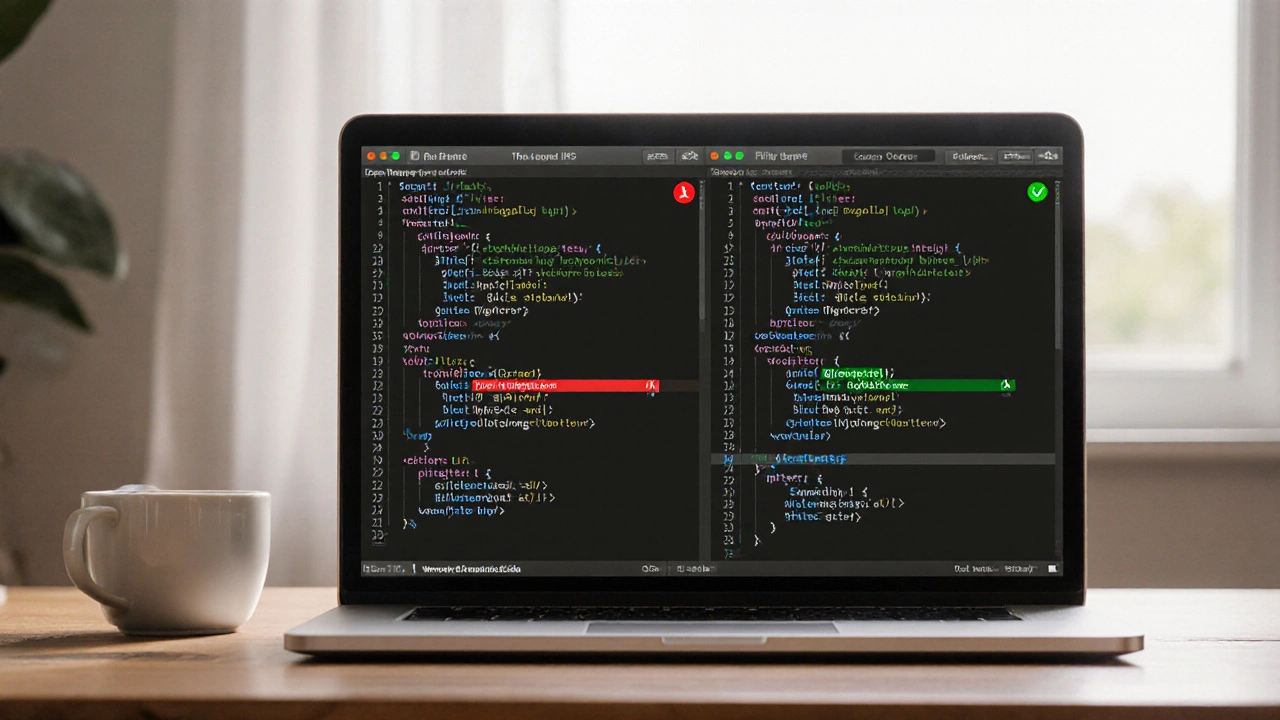iOS Programming: Build Apps That Work, Faster and Smarter
When you start iOS programming, the process of creating apps for Apple’s iPhone, iPad, and iPod Touch using Swift and Xcode. Also known as Apple mobile development, it’s not about memorizing syntax—it’s about solving real problems users face every day. Whether you’re building a to-do list app or a fitness tracker, iOS programming gives you the tools to make something people actually use.
At its core, iOS programming relies on Swift, Apple’s modern, fast, and easy-to-read programming language designed specifically for iOS and macOS apps. It replaced Objective-C because it’s cleaner, safer, and lets you write less code for the same result. You’ll also work with Xcode, Apple’s official integrated development environment that includes code editing, debugging, interface design, and app testing tools all in one place. You don’t need a fancy computer—just a Mac and the free Xcode download. Most beginners start by dragging buttons and labels onto a screen, then writing a few lines of Swift to make them do something. That’s it. No PhD required.
iOS programming isn’t just about writing code. It’s about understanding how people use phones. What happens when they rotate the screen? How do they tap without missing? Why does one button feel intuitive and another feel broken? These are the questions that separate good apps from great ones. The posts below show you how top developers think—how they reuse code, test early, avoid common mistakes, and build apps that don’t crash when users do something unexpected. You’ll find real examples of how to structure projects, use Apple’s frameworks like UIKit and SwiftUI, and even how to get your app on the App Store without getting lost in the paperwork.
You don’t need to be a genius to start. You just need to start. The posts here aren’t theory—they’re the kind of tips and tricks developers actually use on the job. From fixing layout bugs in minutes to writing Swift that’s easy to read later, you’ll find practical steps that cut through the noise. This isn’t about learning every feature of Swift. It’s about learning enough to build something real—and keep building.

